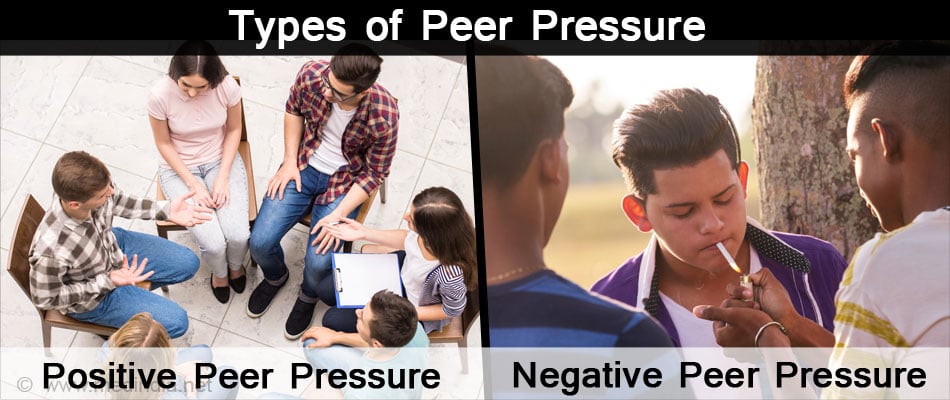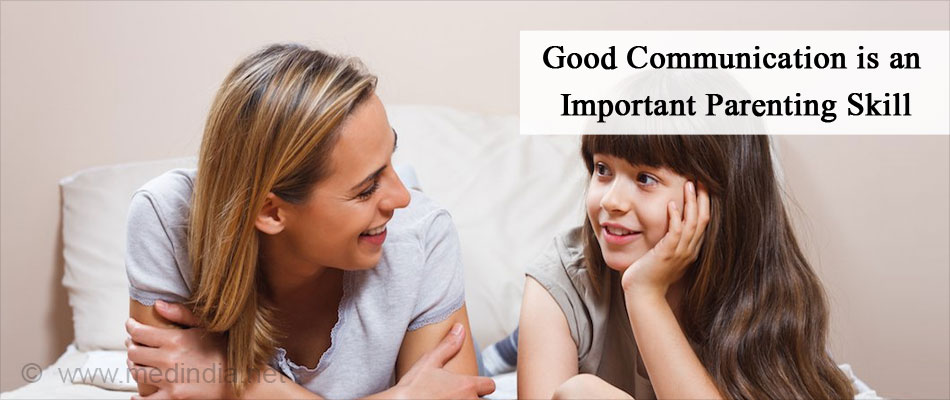- Dealing With Peer Pressure - (http://kidshealth.org/en/kids/peer-pressure.html?view=ptr&wt.ac=k-ptr)
- Peer Pressure - (http://www.safeteens.org/relationships/peer-pressure/)
- About Peer Pressure - (https://www.aacap.org/aacap/families_and_youth/facts_for_families/fff-guide/peer-pressure-104.aspx)
- Read More on Peer Pressure - (http://www.familyfirstaid.org/issues/peer-pressure/)
What is Peer Pressure?
When peers influence the act of a person or make them do something that might not be to their liking, it is called peer pressure.
Peers are the people who belong to the same age group with whom you move with and exchange ideas and thoughts. The influence of the peers becomes more intense as the person becomes independent. Peers have a great role in the social and emotional development of children and adolescents.
Why do People Surrender to Peer Pressure?
The following are a few reasons why people succumb to peer pressure
- To be liked by the peers
- To fit in the group
- Inability to avoid the situation
- To avoid hurting the feelings of others
- Fear of being isolated
- Following the peers unwittingly
- Fear of being bullied by the peers
What are the Ways by which Peers Exert their Influence?
The following are a few ways how peers influence others and make them do things under pressure.
- Insulting: Sometimes peers pressurize others by insulting them in order to make them do something they do not want to.
- Reasoning: Peers might reason out in order to make a person do something.
- Rejection: They might threaten to end a relationship or friendship if the other person does not listen to them.
- Quiet pressure: Just seeing peers do something or wear something can act like a subtle pressure for others to do the same.
What are the Types of Peer Pressure?
Peer pressure is not always bad. Peer pressure is natural and essential for children and adolescents as they grow and become independent. It can have a positive or a negative influence. Children should also learn how to avoid negative peer pressure.
Peer pressure can be of two types.
Positive:
Positive peer pressure is a good type. It helps children become better, learn new skills and excel. Positive effects of peer pressure are felt when children do well in school, sports, social activities, eat healthy and exercise by seeing their peers do it.
Negative:
Negative peer pressure is a bad type. It is a bad influence of the peers. Negative effects of peer pressure usually make others indulge in bad habits like smoking, drinking, illegal drugs and unsafe sex.

How do you get away from Negative Peer Pressure?
Getting away from negative peer pressure is hard but you can make it possible. Following are a few tips to avoid negative peer pressure.
- Avoid peers with bad habits. If there is any negative peer pressure, listen to your own beliefs. If you are alone and there is negative peer pressure, have self-confidence and learn to say no and move away from such a situation.
- Find a person who is also reluctant to such pressure, who can be supportive of you in such a situation.
- Let your parents or mentors be involved in selecting your peers.
- In case you cannot handle the peer pressure, involve parents or school counselors to deal with such situations. Do not hesitate to reveal your mistakes that you made out of negative peer pressure.
How should Parents Handle Peer Pressure?
- Always be in good communication with your children. Talk to them and listen to them. Only good communication with your kids will let them share everything significant with you

- Talk to them about the hazards of all bad habits.
- Learn about their friends.
- Involve yourself in their activities, support them and accompany them when necessary.







